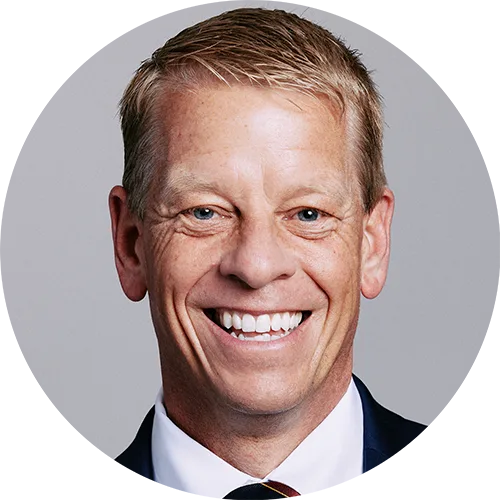Monothelitism

Does Jesus have one will since He is one person? Or does He have two wills because He is truly God and truly man? On this episode of 5 Minutes in Church History, Dr. Stephen Nichols describes an ancient heresy that was a challenge to Christ’s humanity.
What is Monothelitism? This is the view of the Monothelites. (I know that doesn’t help much.) Monothelitism was a heresy in the early church that was dealt with at the Sixth Ecumenical Council. To refresh our memories, let’s walk through the seven ecumenical councils. They all occurred before the great split between the church of the West, the Roman Catholic Communion, and the church of the East, the Orthodox Church.
The first council was at Nicaea in 325. The Second Ecumenical Council was the First Council of Constantinople in 381. The Third Council was the Council of Ephesus in 431, followed by the Fourth Ecumenical Council, the Council of Chalcedon in 451. The fifth was the Second Council of Constantinople in 553, and the Sixth Council is the one we’ll be examining, the Third Council of Constantinople in 681. And then the Seventh Ecumenical Council went back to the city where it all began, the Second Council of Nicaea in 787.
Many of these church councils dealt with the issue of the identity of Jesus Christ and who Jesus Christ is. Through these councils and through the creeds, especially the Nicene Creed and the Chalcedonian Creed, we have an established orthodox position based on the biblical teaching. A summary of the biblical teaching of the person of Christ id that Jesus is truly human and truly divine. Now the word truly or true is important. Sometimes we’ll say that Jesus is 100 percent human and 100 percent divine, or we’ll say He’s fully human and fully divine.
But the language of these councils and creeds is not quantitative like 100 percent or fully. The language is actually truly. The Nicene Creed tells us that Jesus is Deum verum de Deo vero, “true God from true God.” And the Chalcedonian Creed tells us that Jesus is Deum verum et hominem verum, “true deity and true humanity.” In these early centuries, even in the pages of the New Testament, the true deity of Jesus and the view that Jesus was truly human was challenged. And so these councils came along, and creeds were written, to respond to those challenges.
Further complications emerged when theologians began to express how these two natures came together. In the Chalcedonian Creed, we’re told that these two natures are not “inconfusedly, unchangeably, indivisibly, or inseparably.” But many theologians tried to confuse, change, divide, and separate these two natures.
And so it is with this controversy-turned-heresy of Monotheletism. The word thelos means “will.” So a Monothelite is one who believes that Jesus had one will. The counter view is Dyothelitism. Dyothelites believe that Jesus had two wills. Now, think with me through this. If Jesus is truly human and truly divine, how many wills does Jesus have? That’s right. He has two. He has a truly human will, and He has a truly divine will. They’re not confused. They’re not divided. They’re not changed. And they’re not separated. Monothelitism was a challenge to the true humanity of Jesus because His human will was totally swallowed up and did not exist because of divine will. And that’s not who Jesus is.
Recent Episodes
A Little Church History of a Middle Colony: The First Great Awakening
December 17, 2025|American Church History
A Little Church History of a Middle Colony: Early Influences
December 10, 2025|American Church History
Gunpowder and a Proclamation
December 3, 2025|Geographical Perspectives
Thanksgiving in Church History
November 26, 2025|American Church History
3 Sermons on the Hallelujah Chorus
November 19, 2025|General Church History
Charles Jennens’ Libretto
November 12, 2025|General Church History
